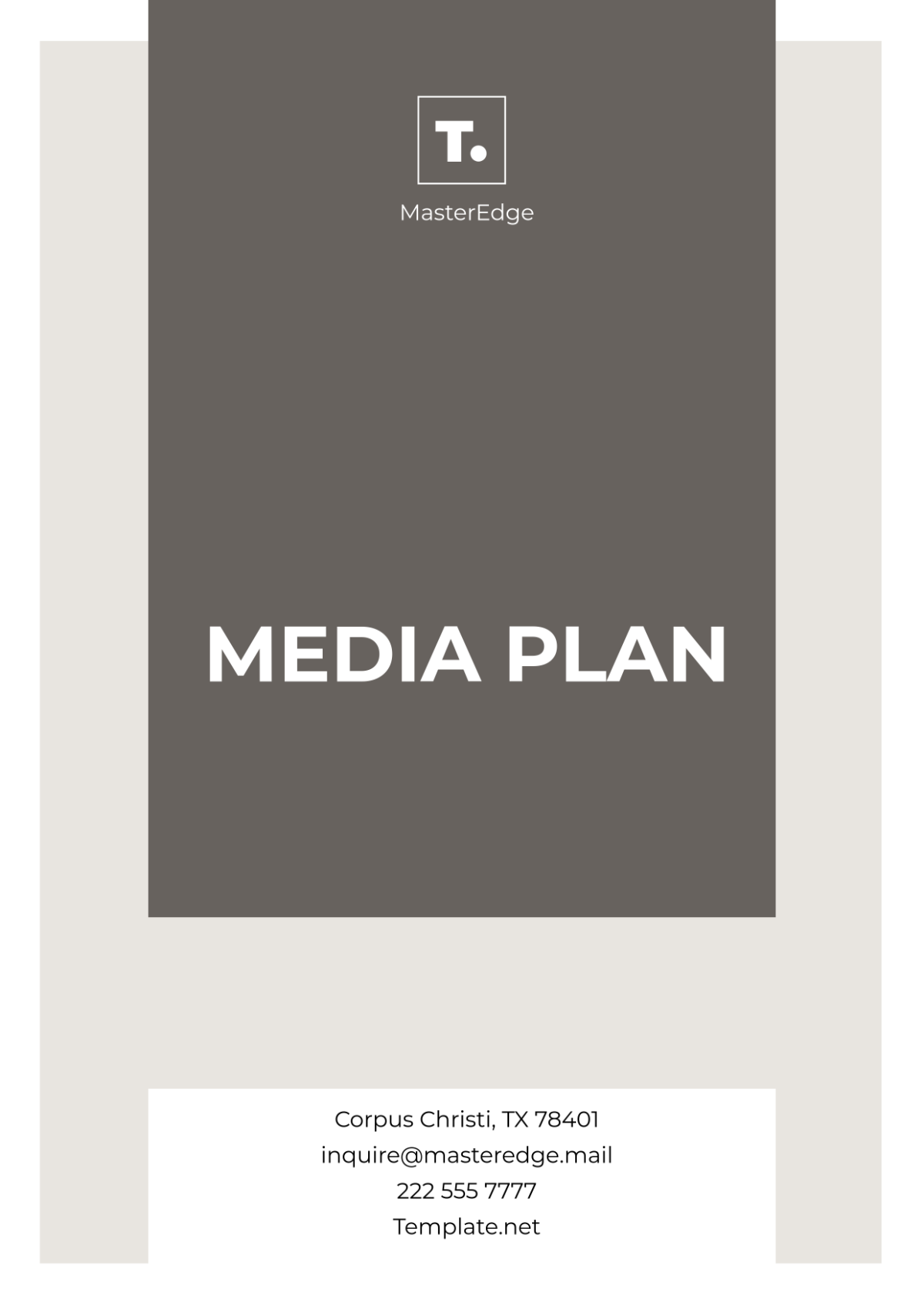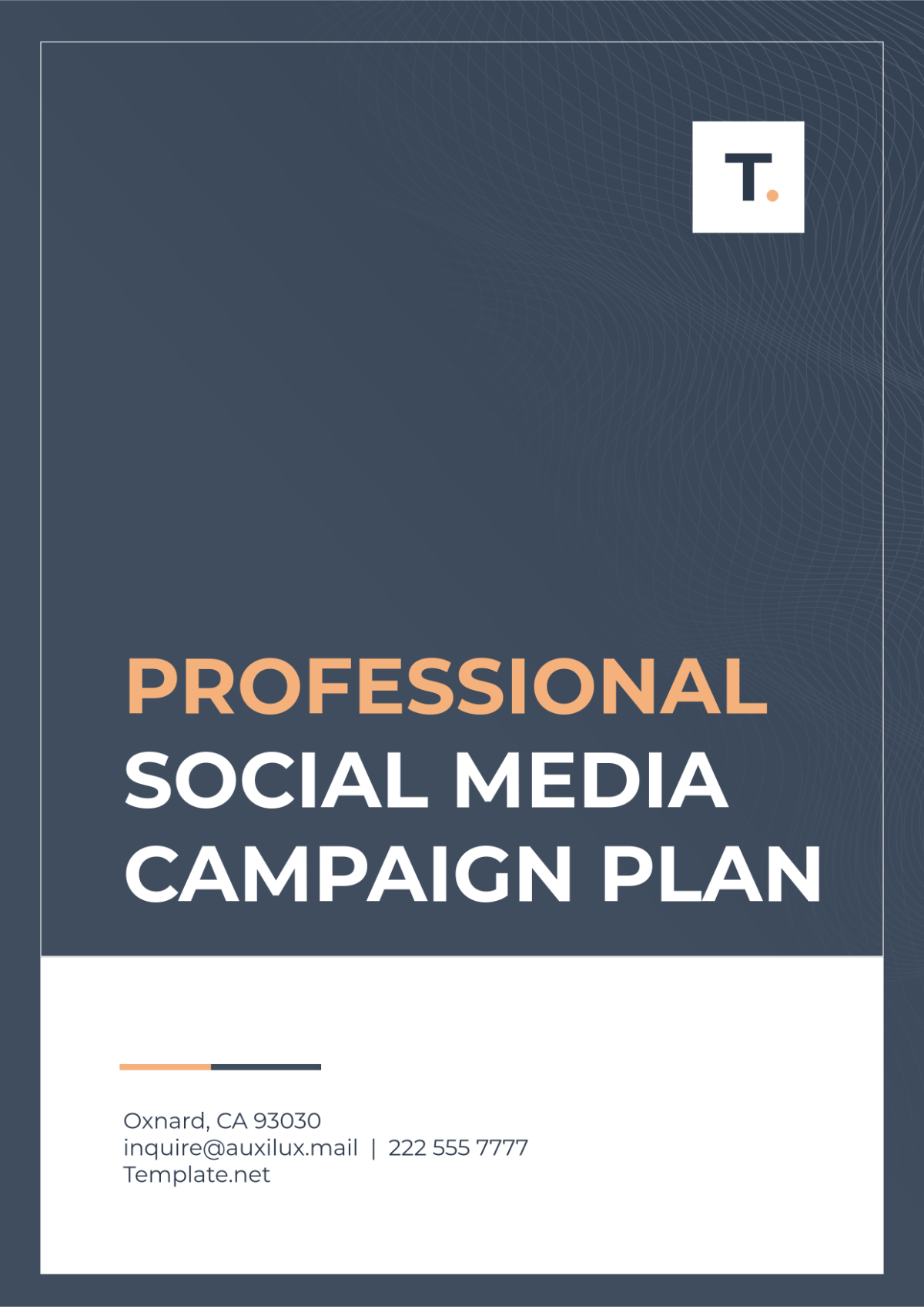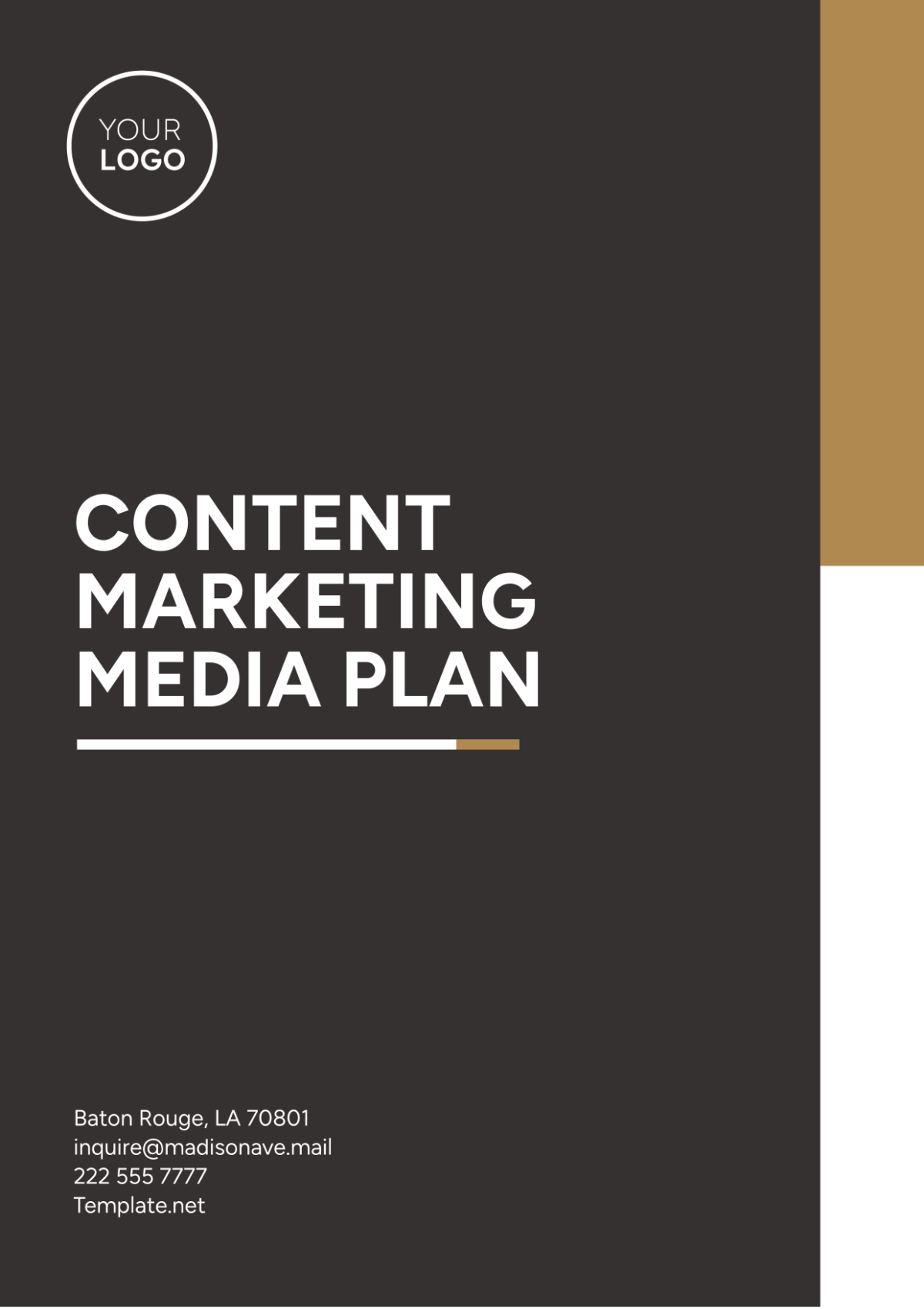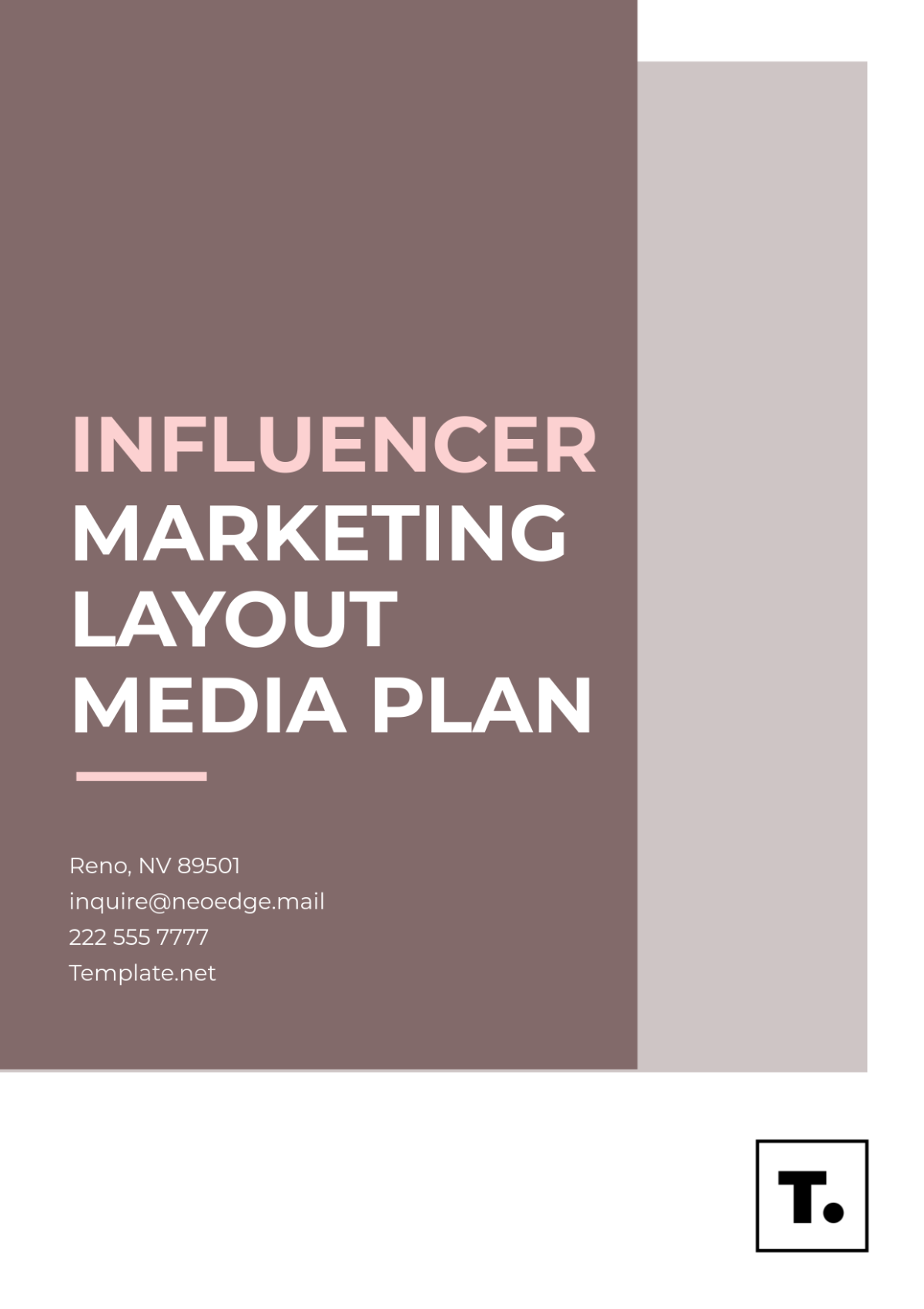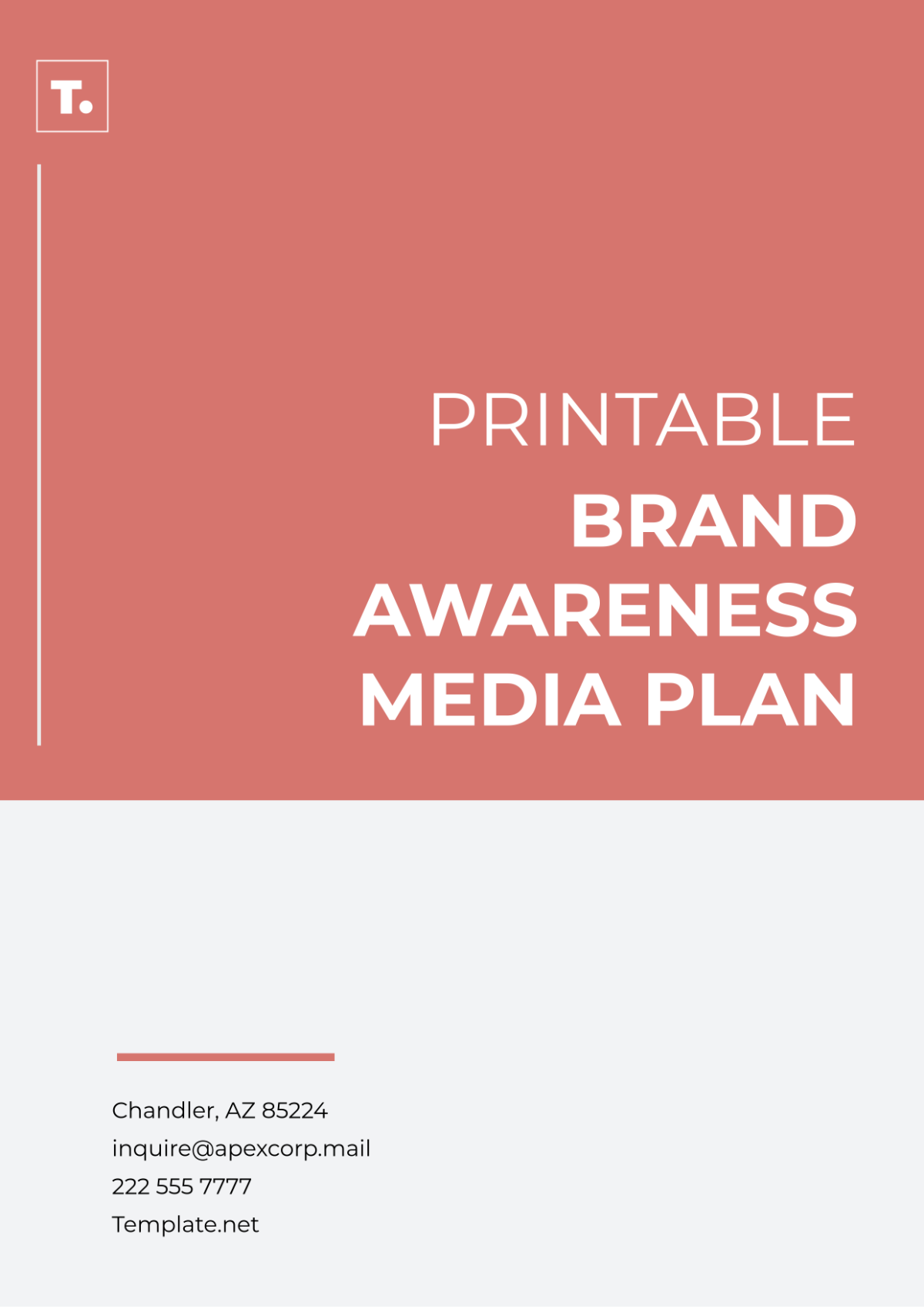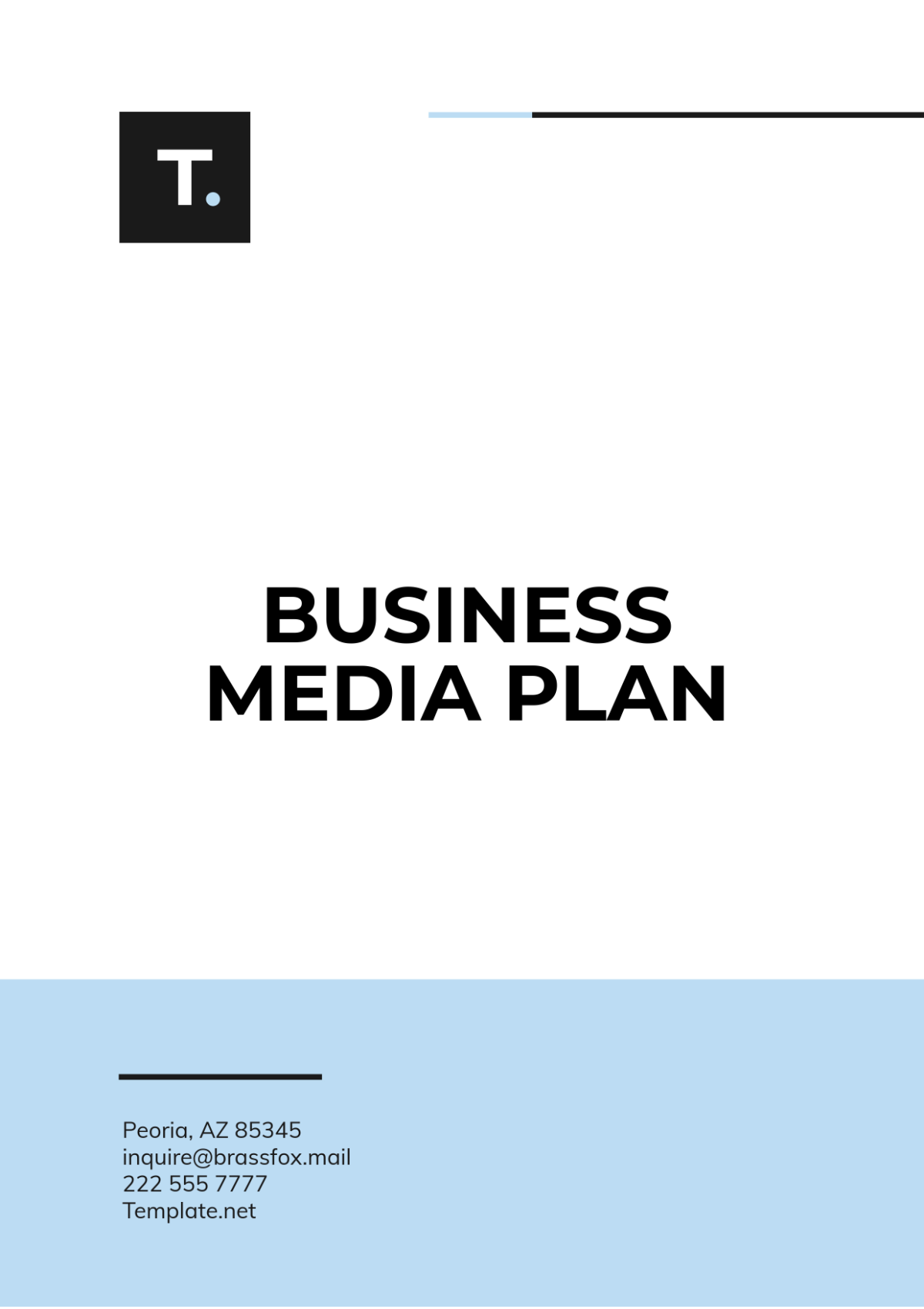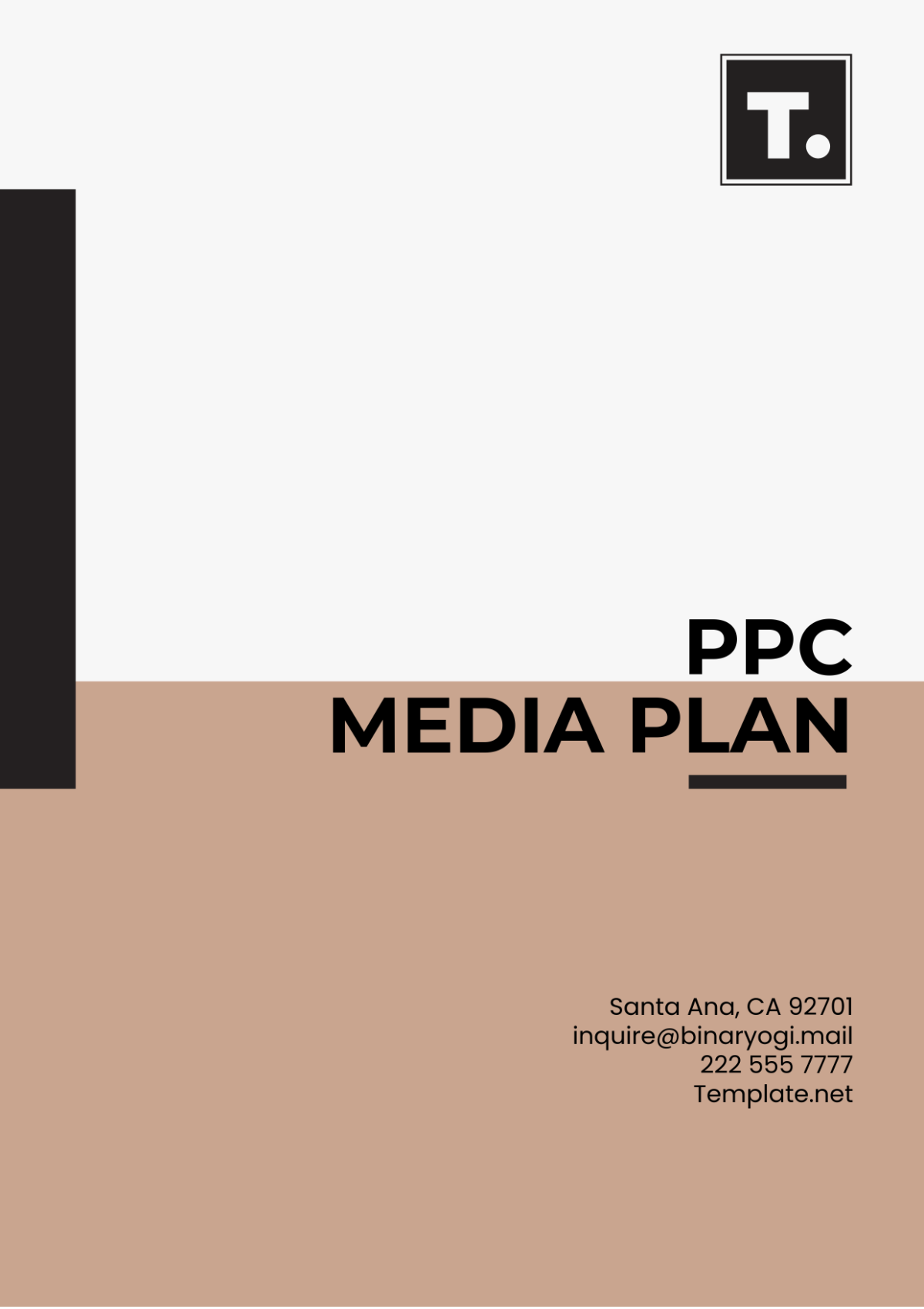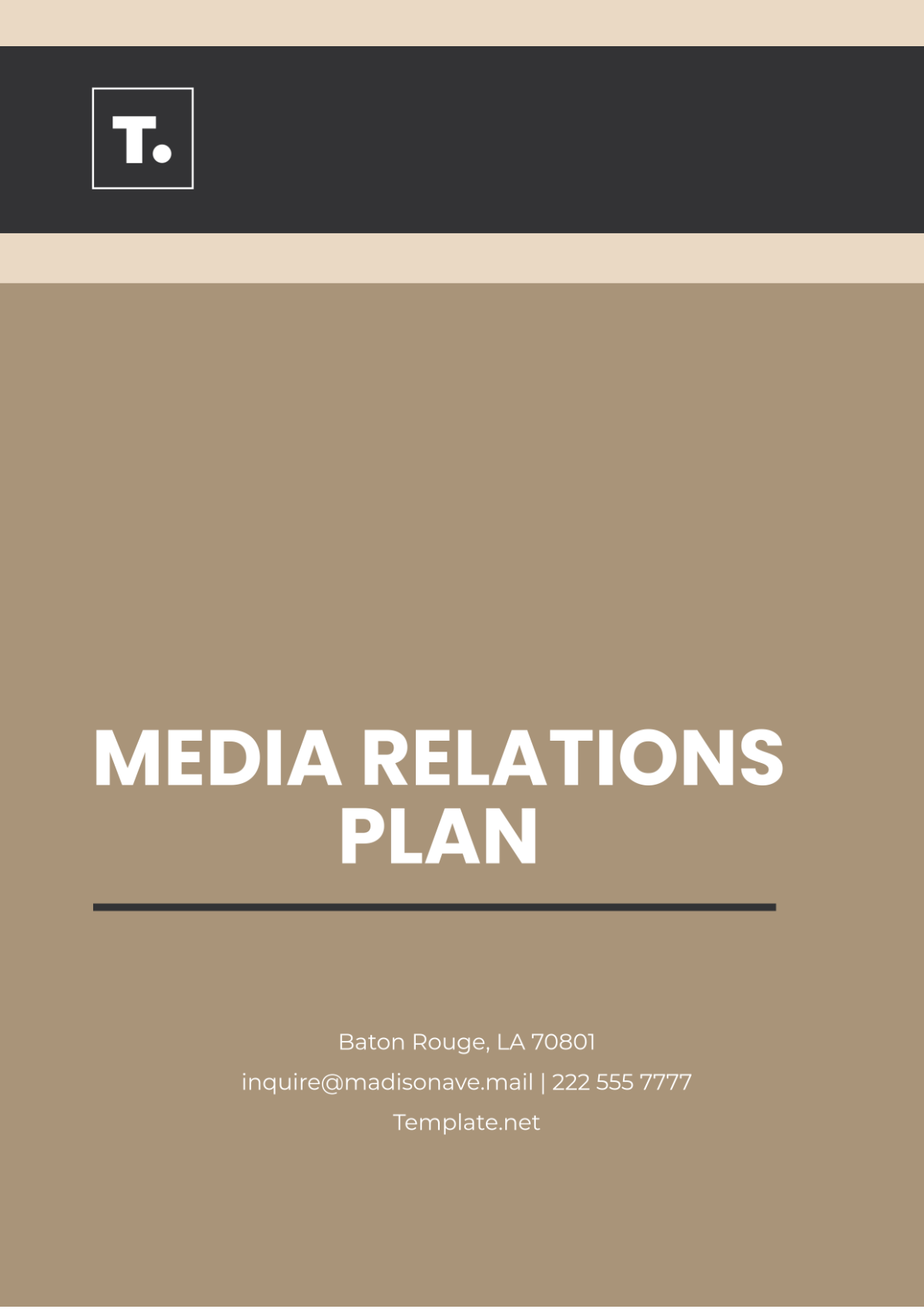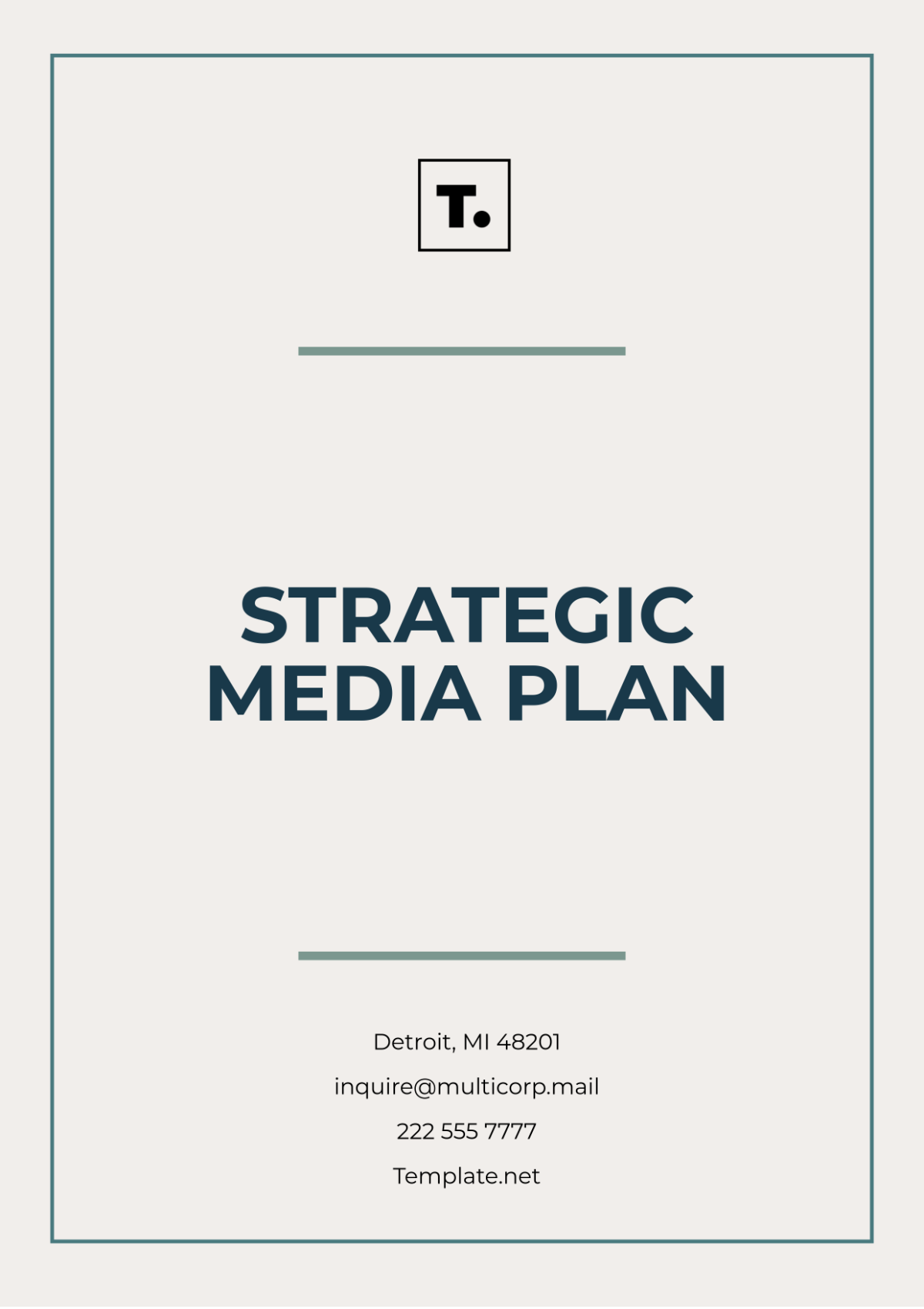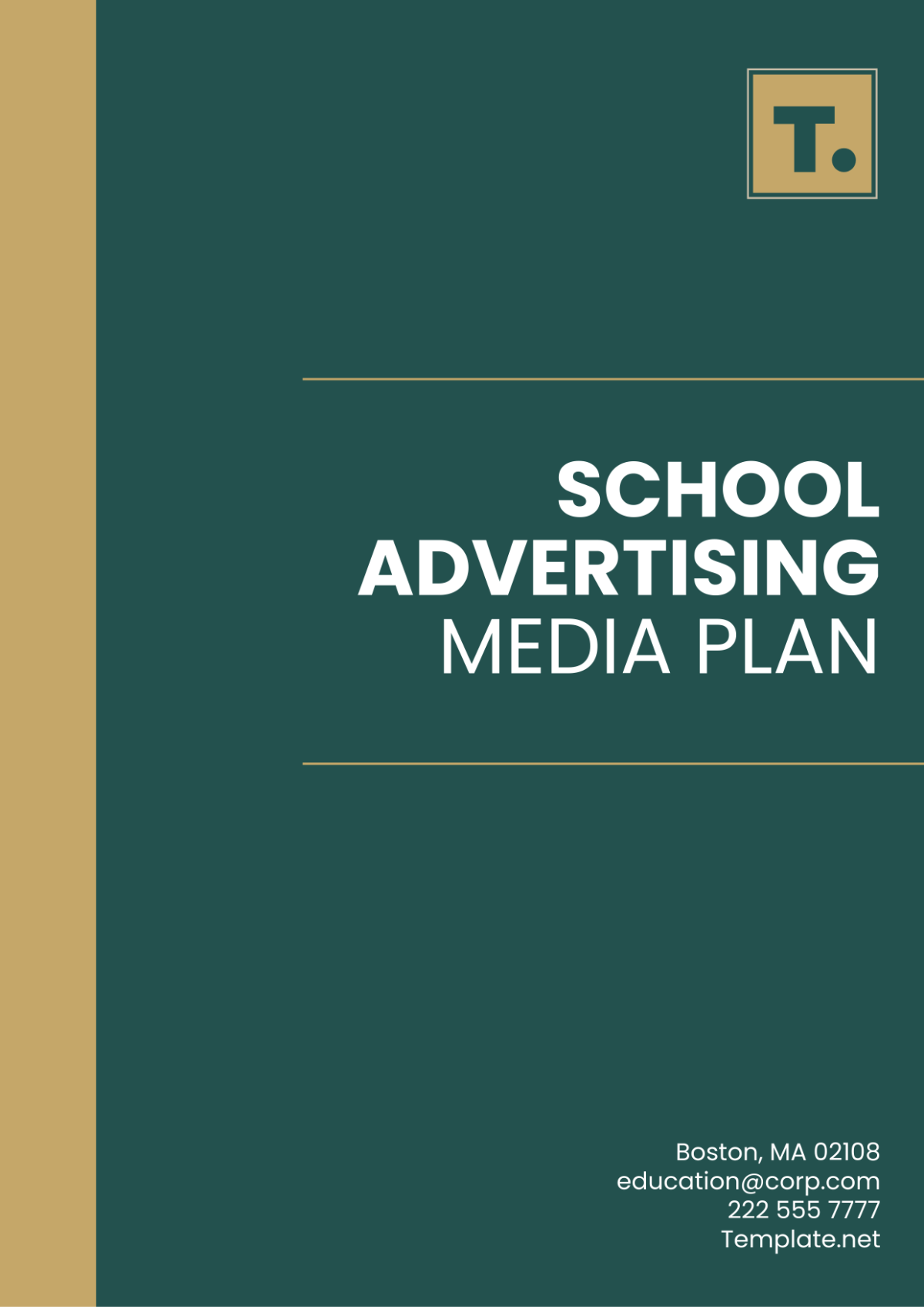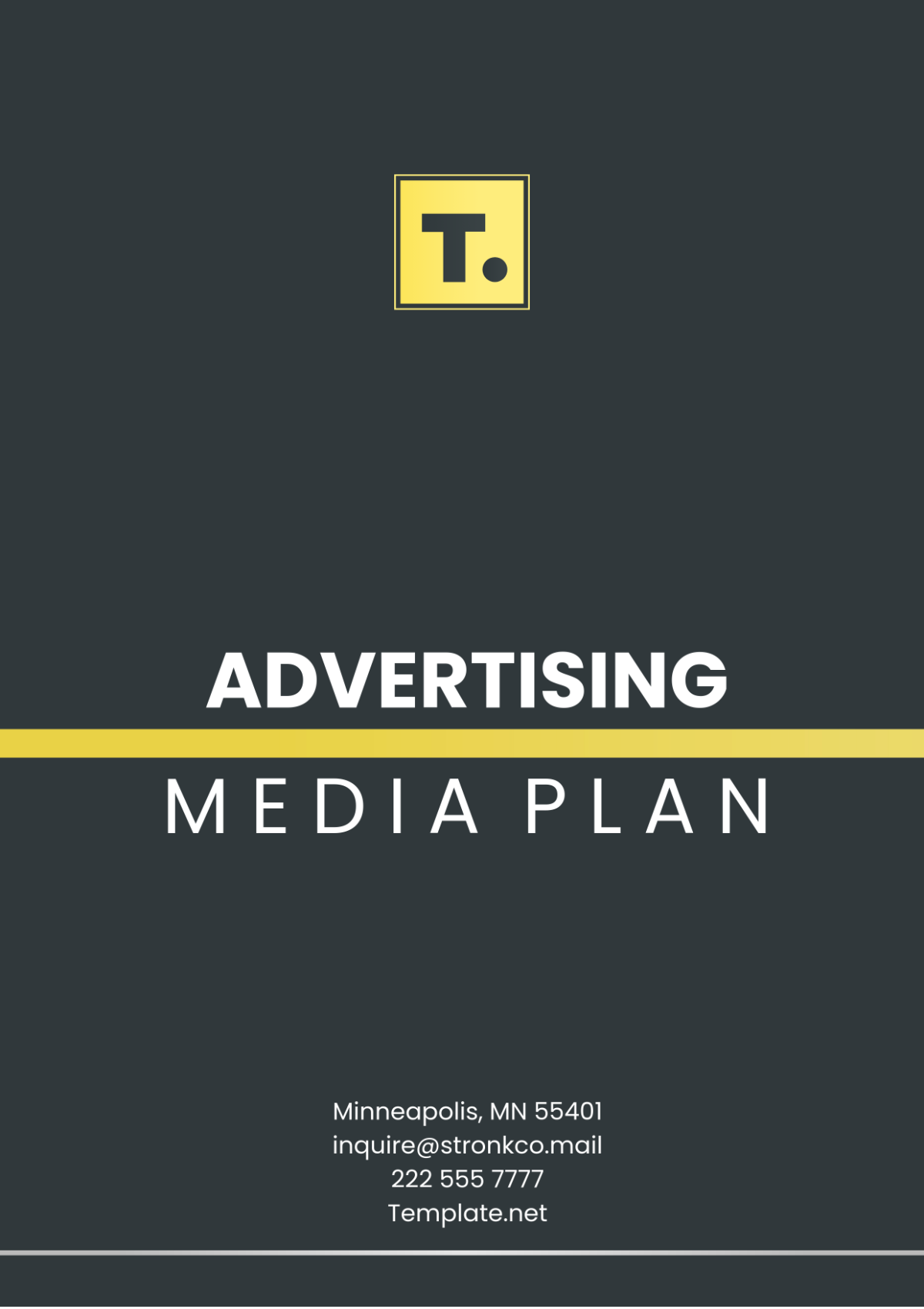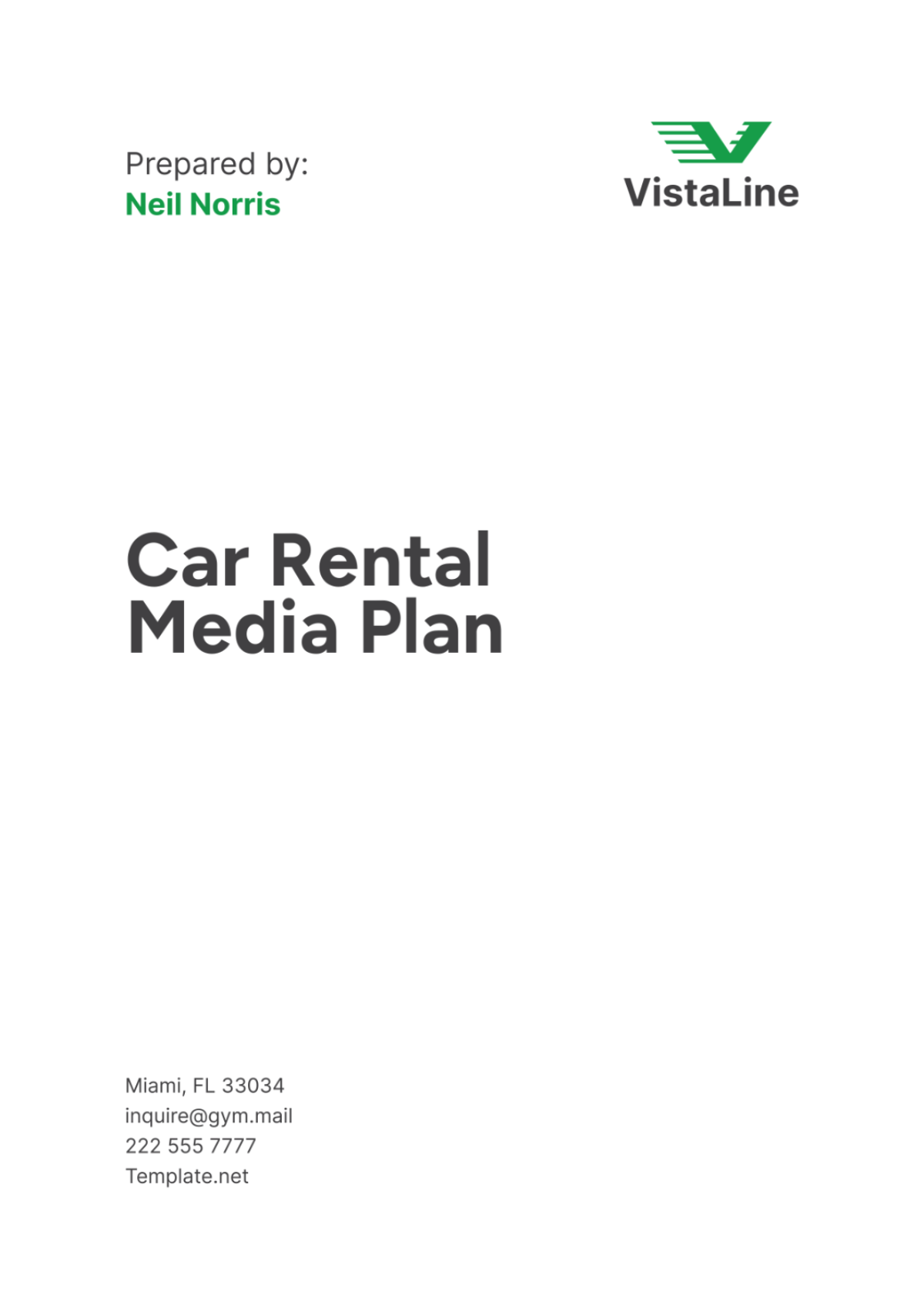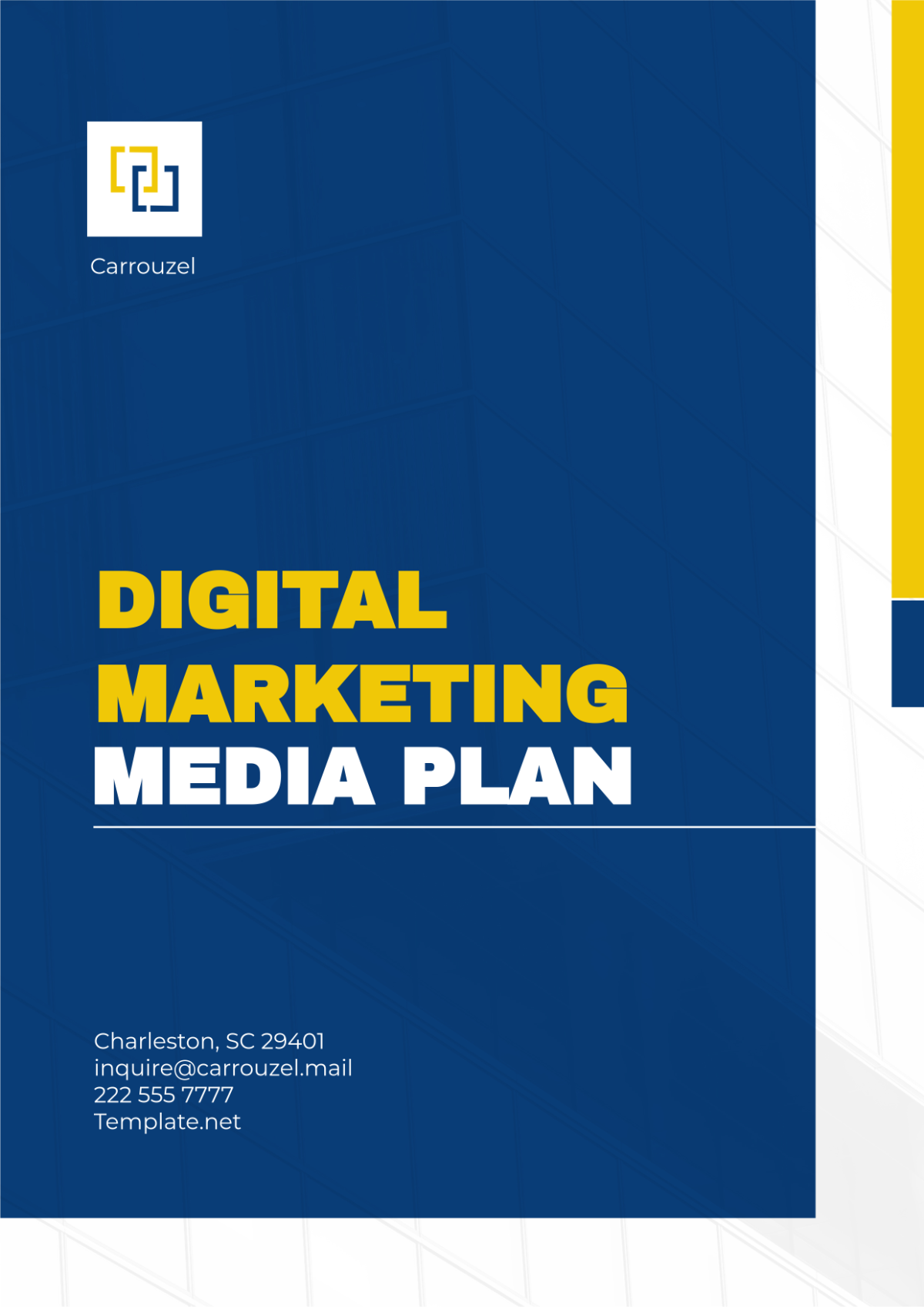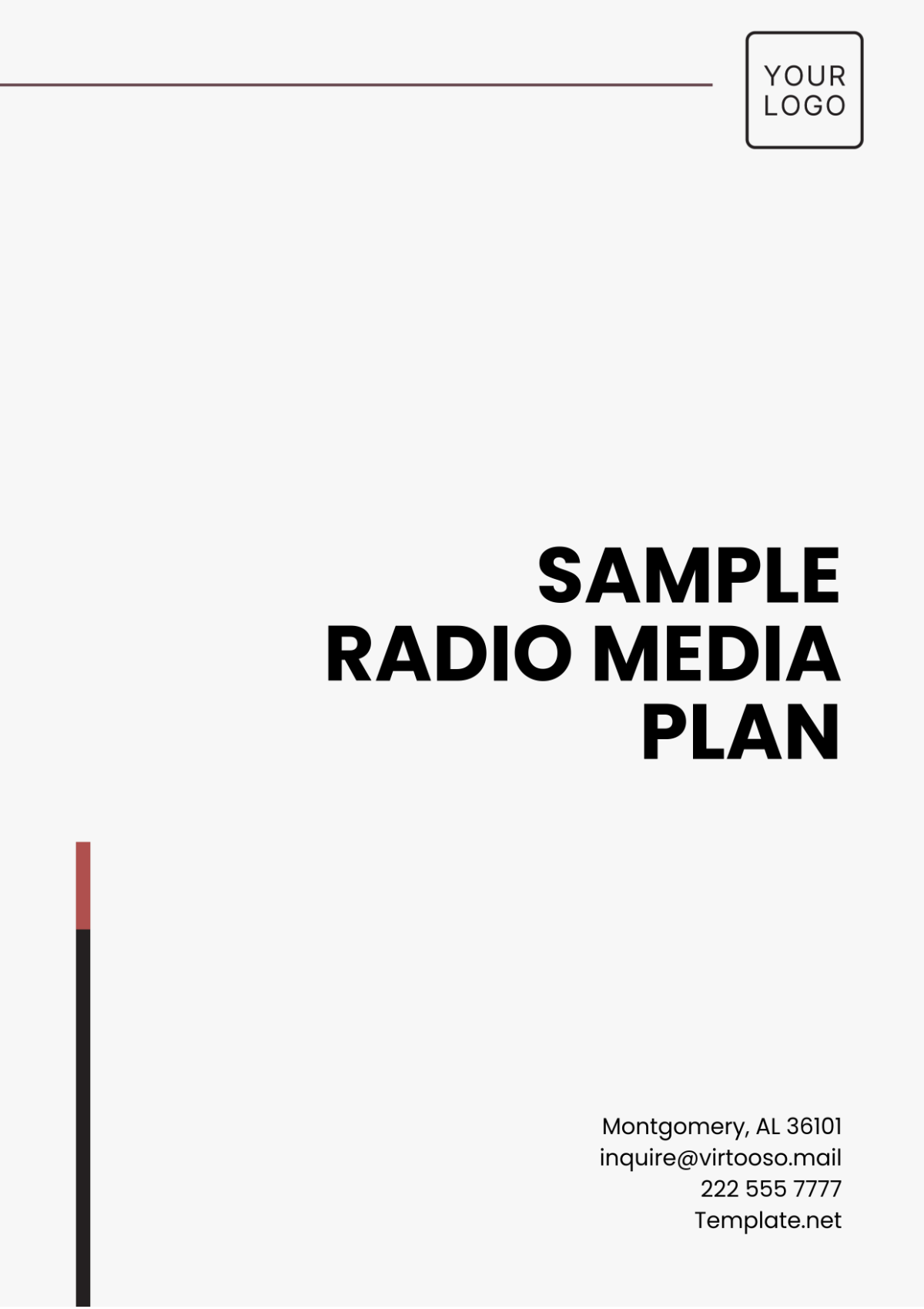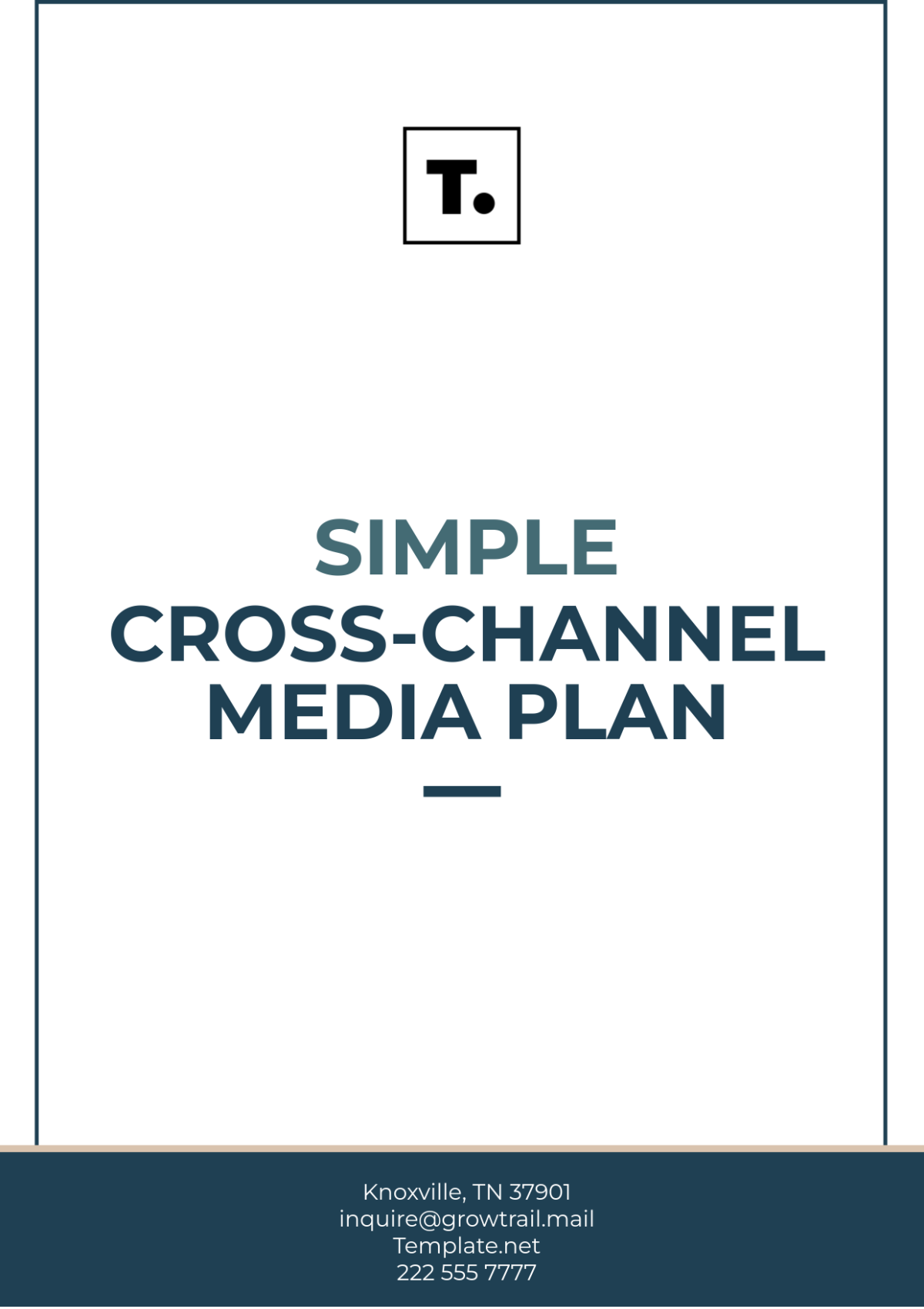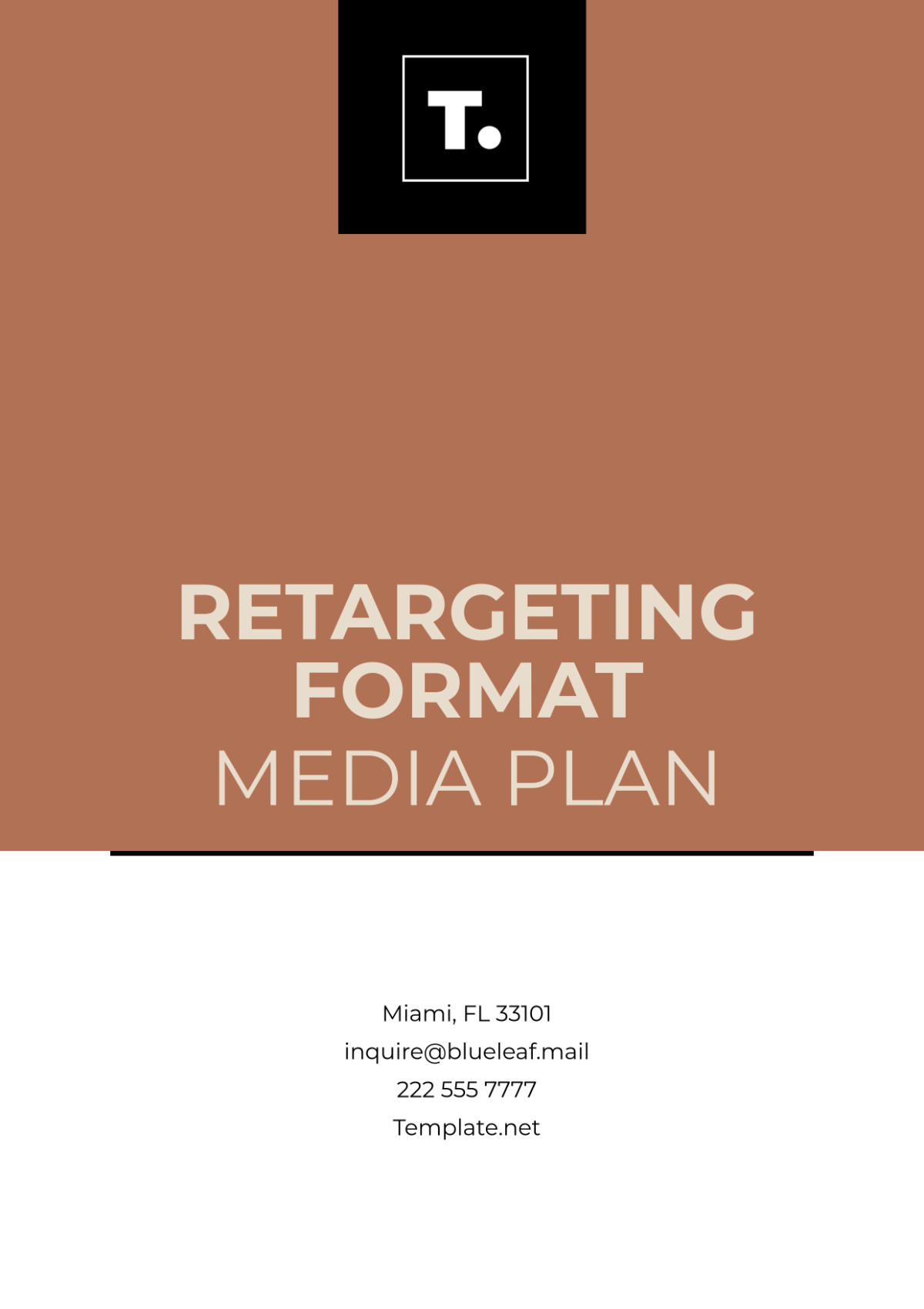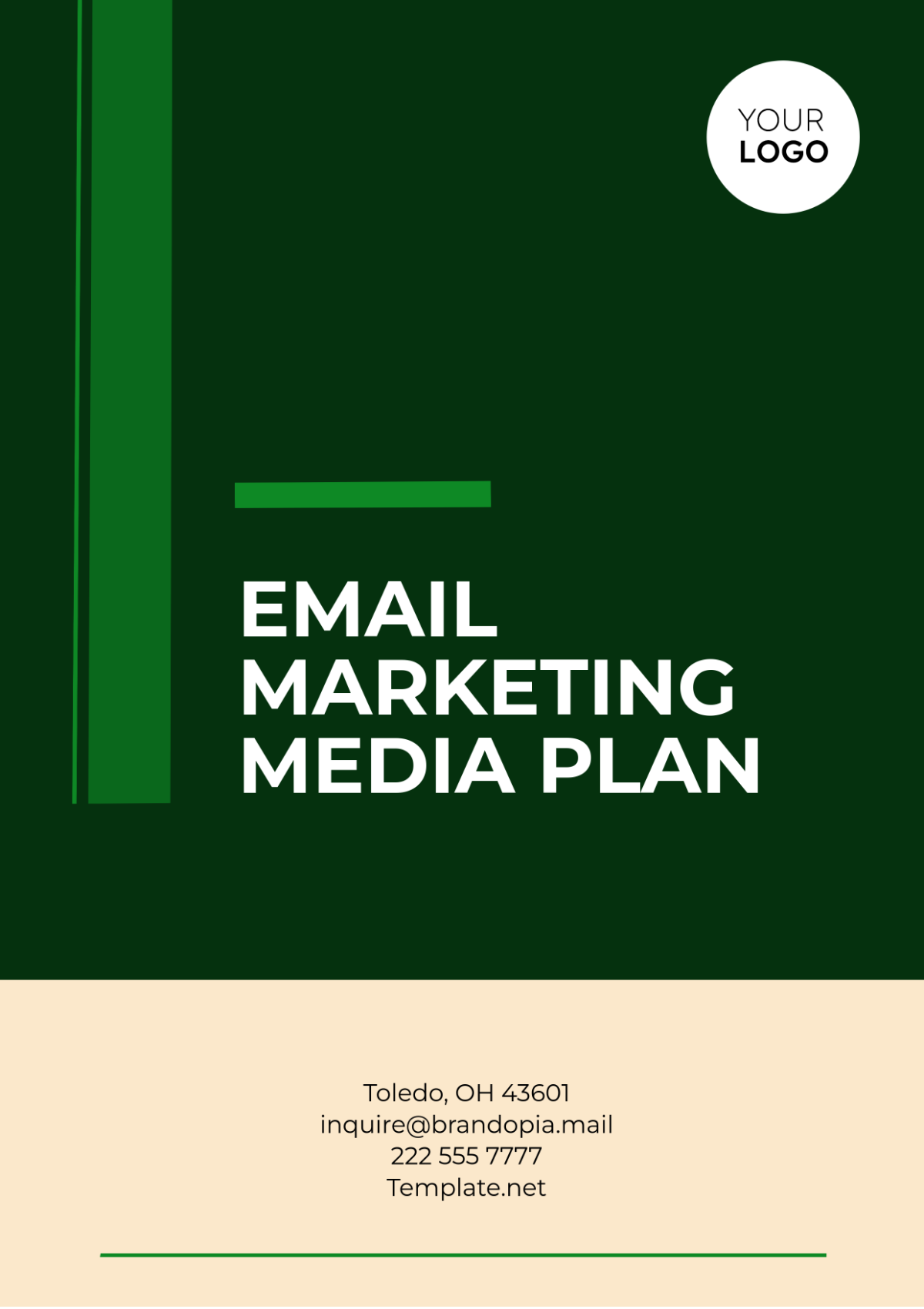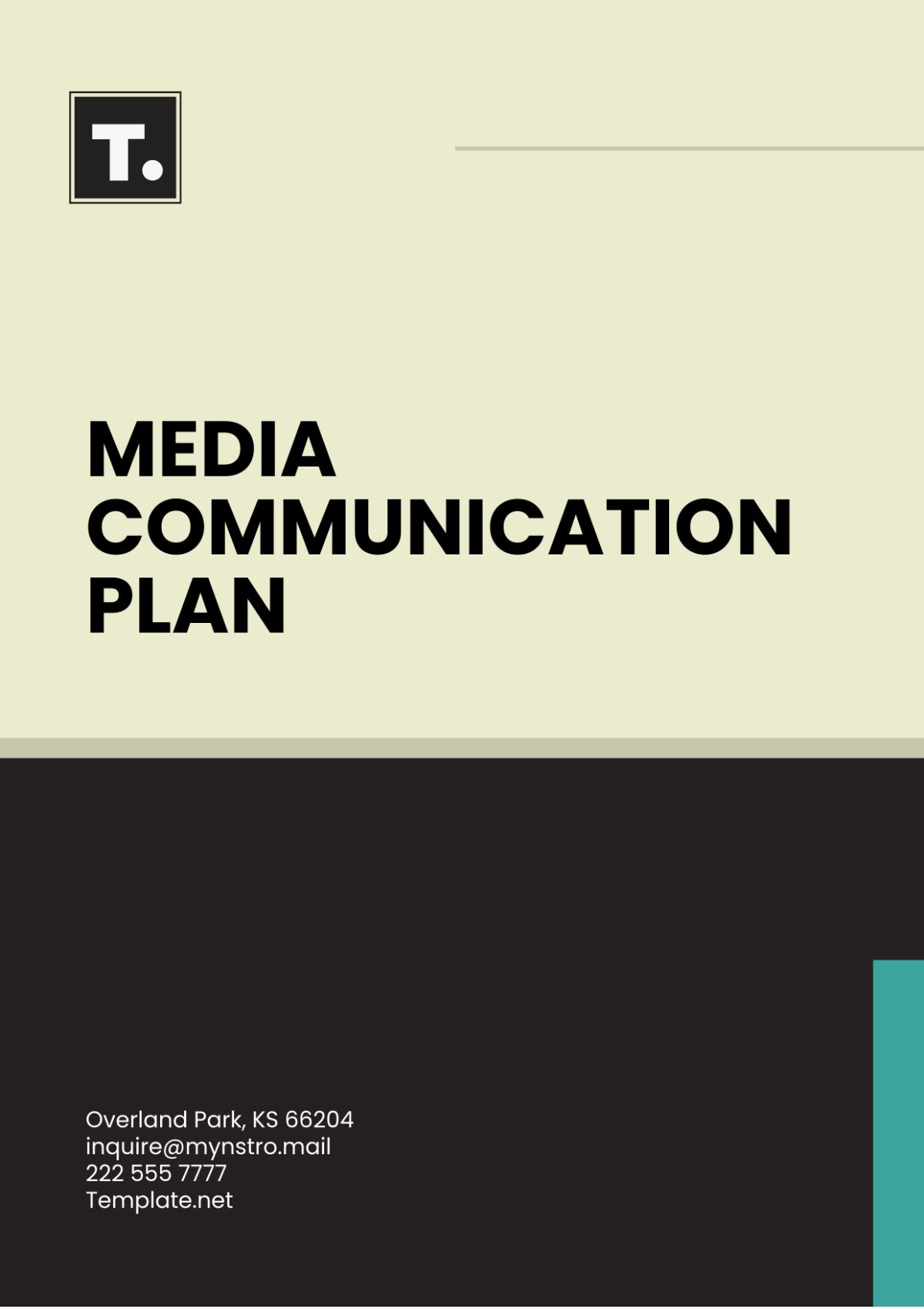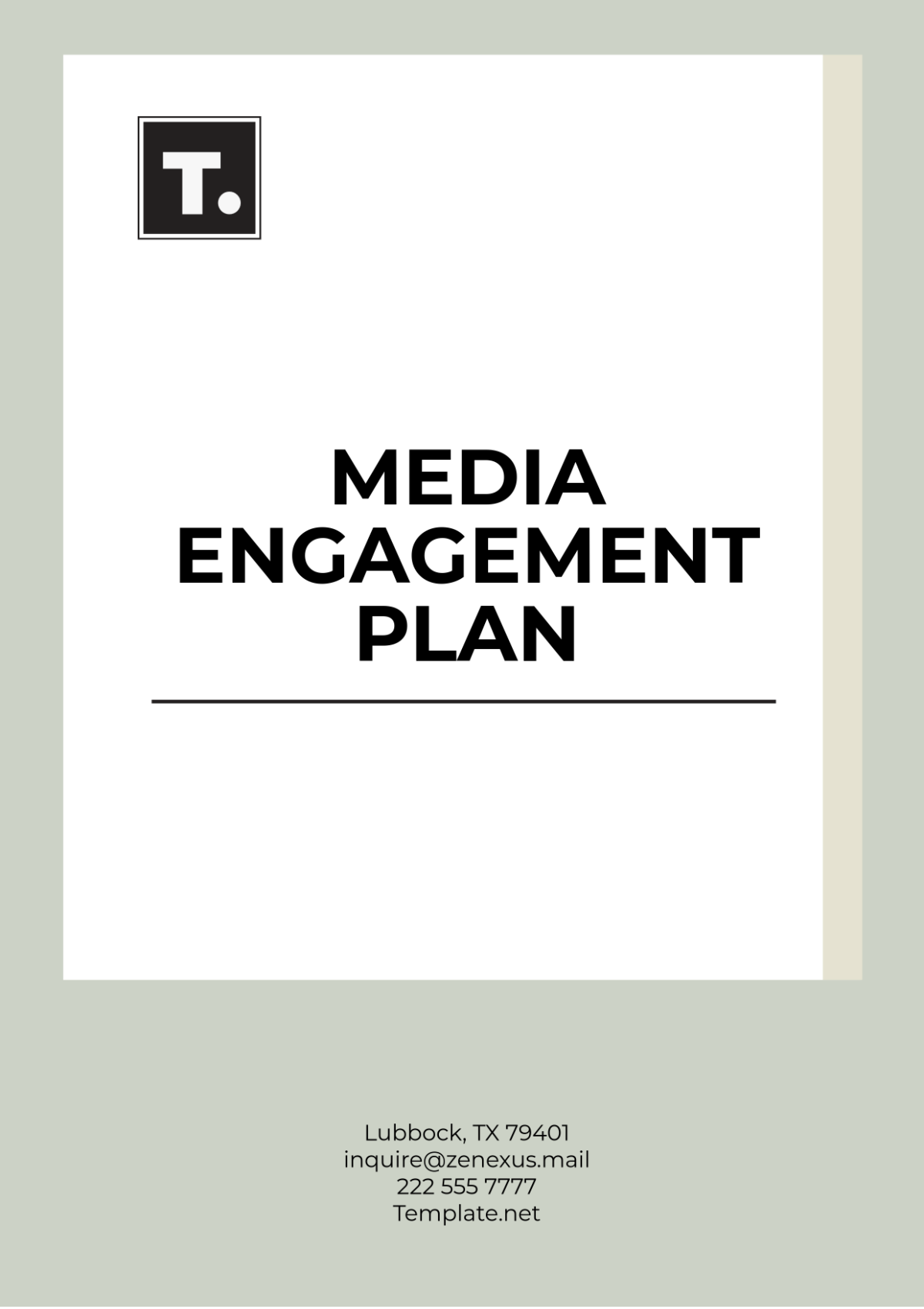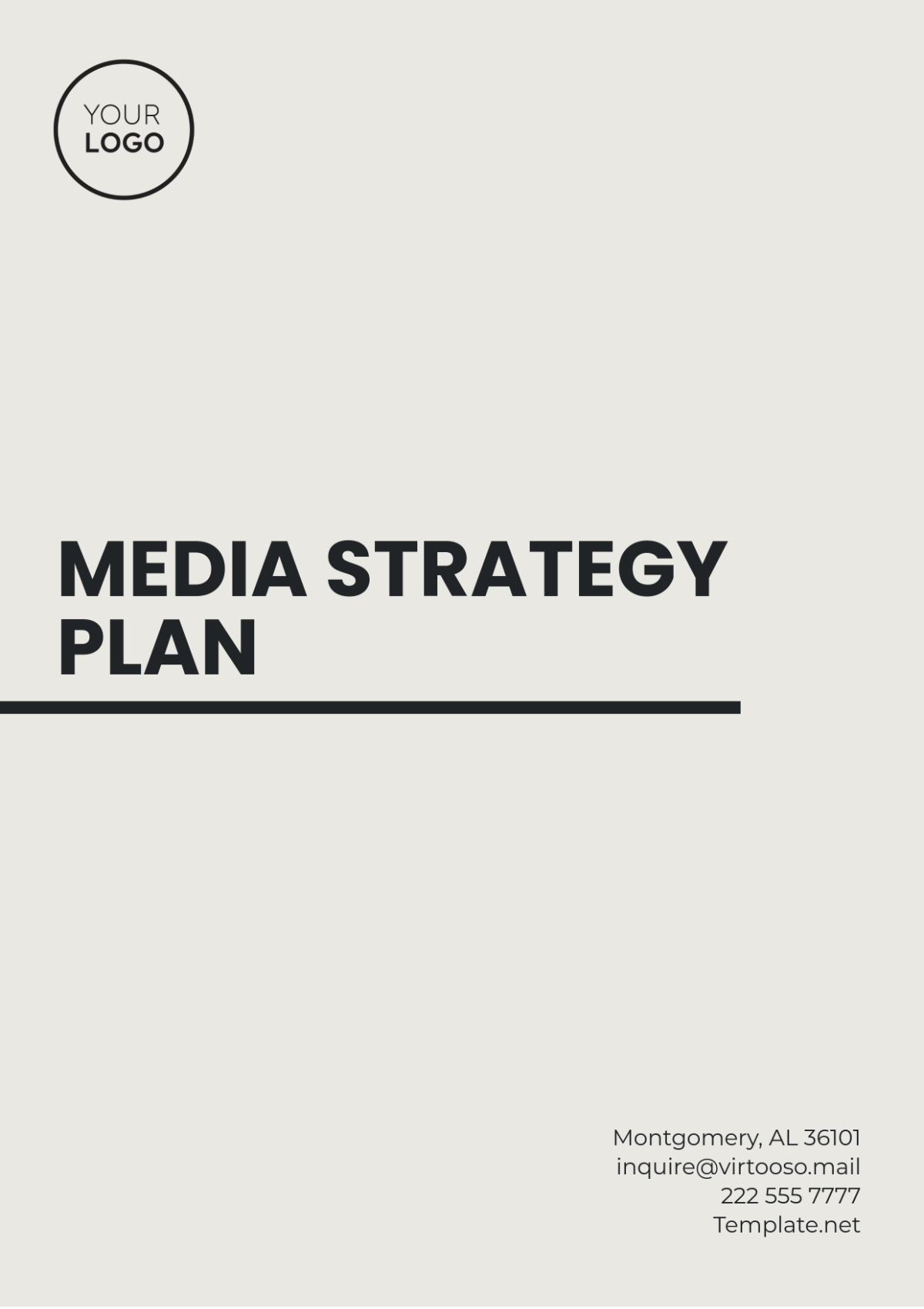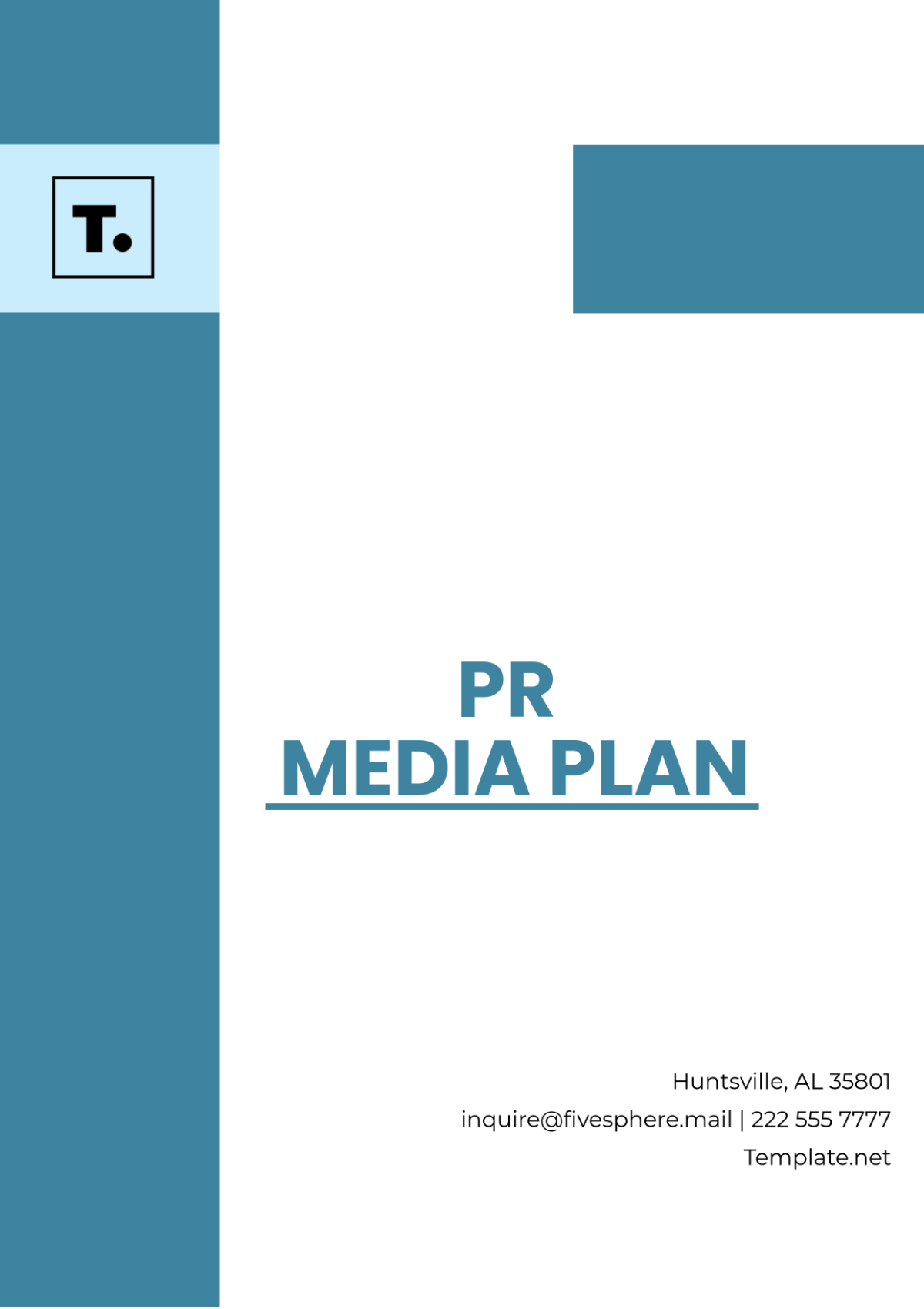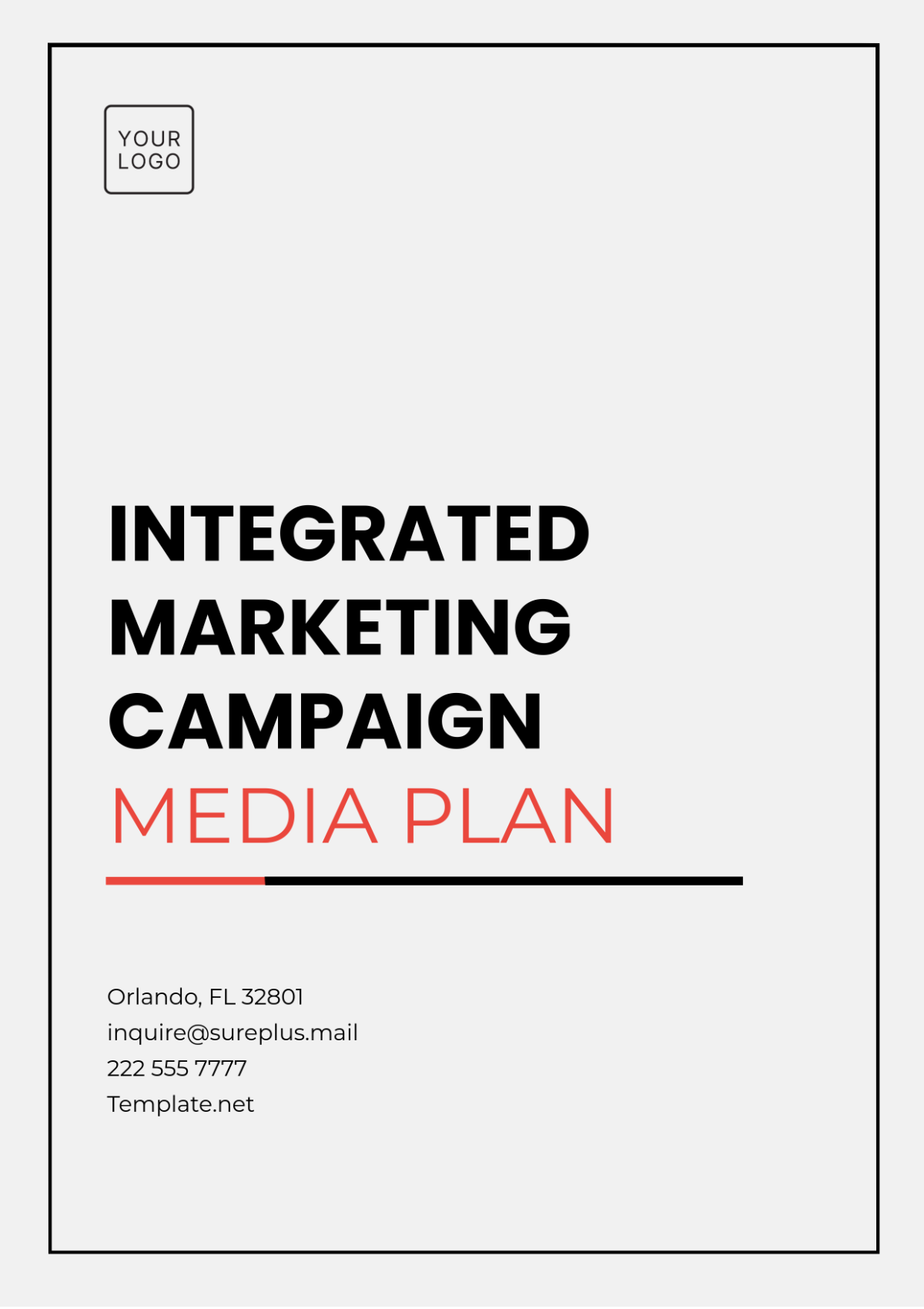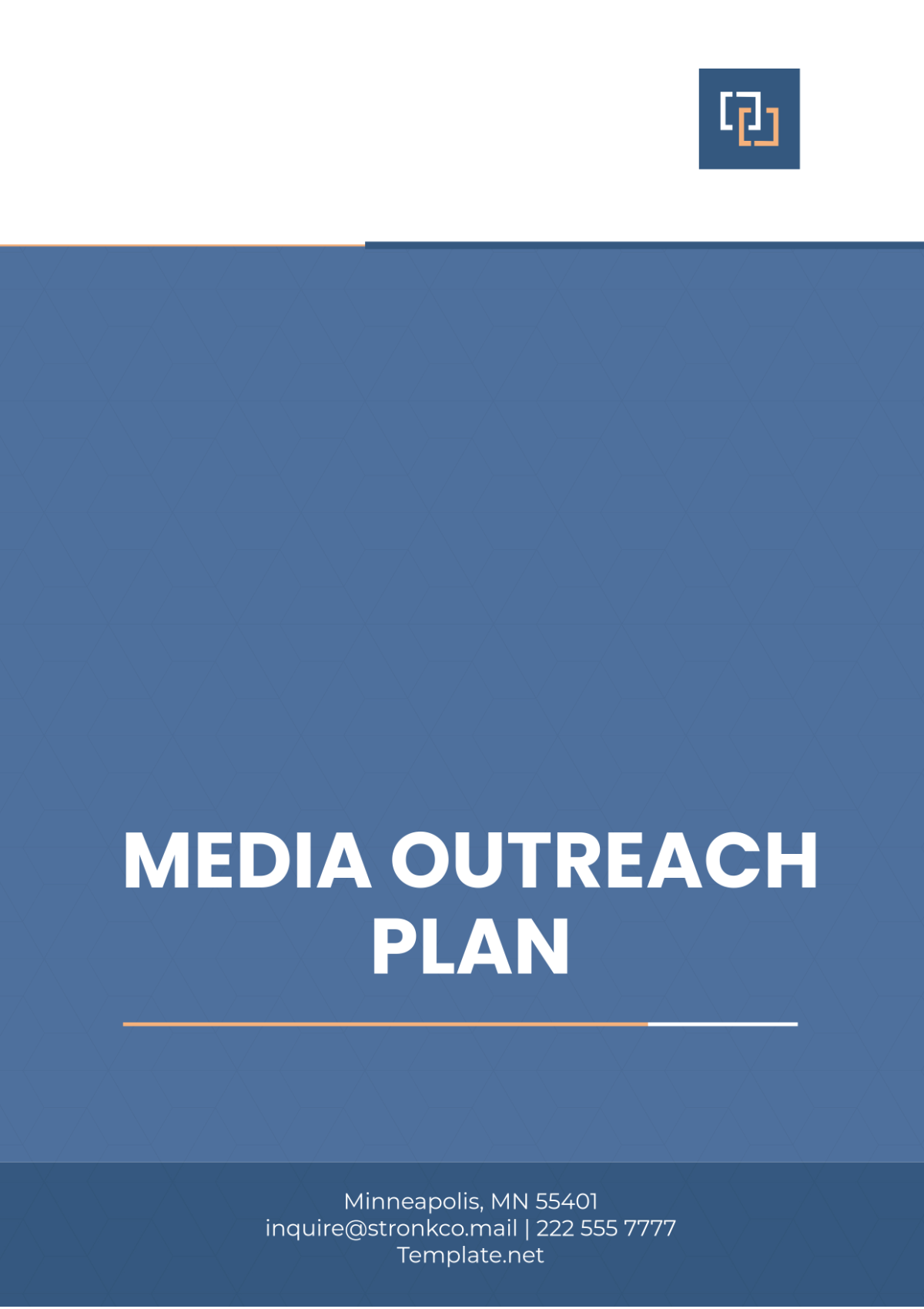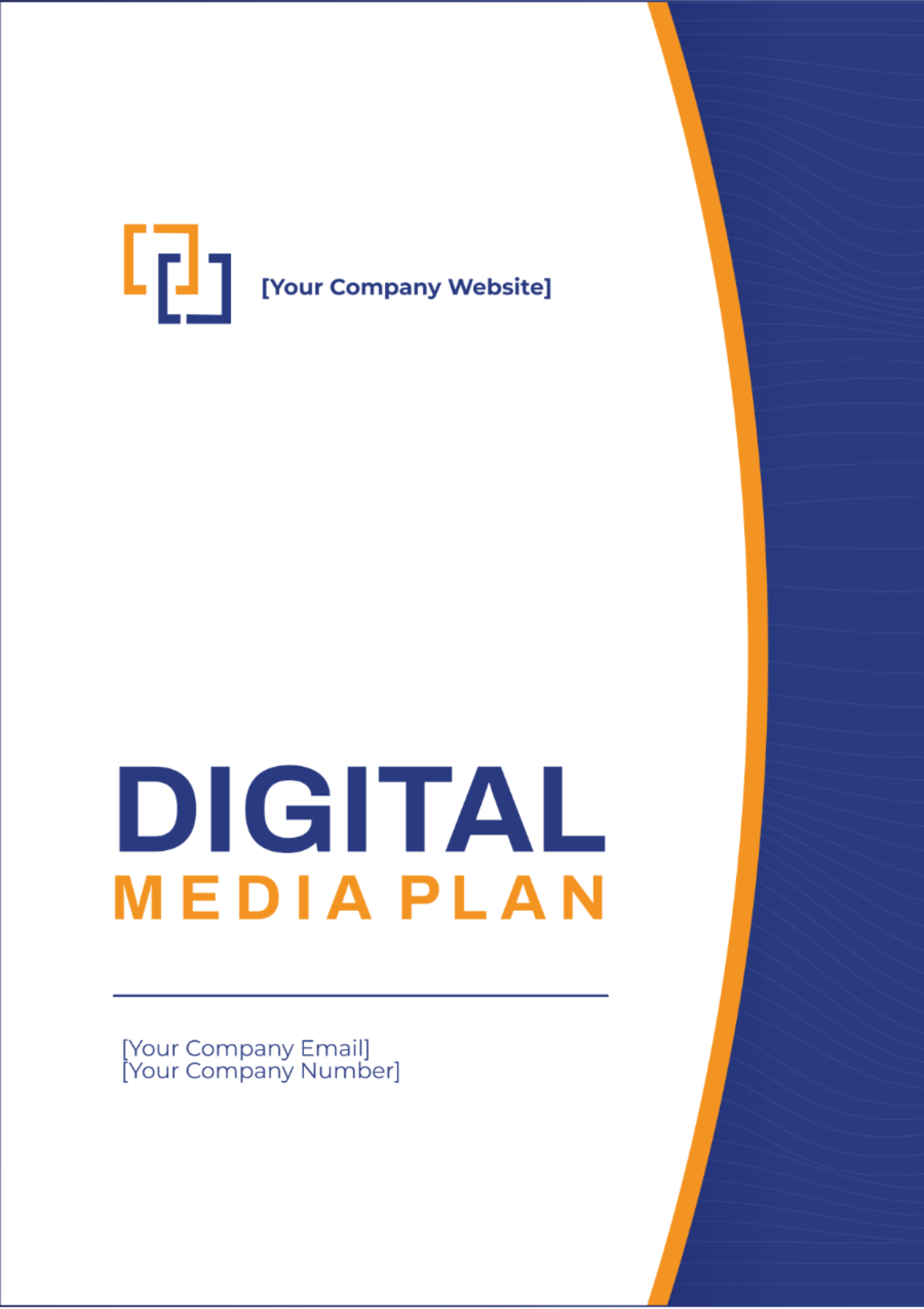Global Outline Media Plan
Prepared by:
[YOUR NAME]
[YOUR COMPANY NAME]
Executive Summary
The Global Outline Media Plan provides a comprehensive approach to strategically positioning content across multiple media channels, focusing on reach, engagement, and effective message dissemination. This plan aims to ensure consistent global brand visibility while adapting to cultural and regional variations to optimize audience connection. Through a combination of traditional, digital, and social media, this plan outlines a framework for achieving measurable impact on a global scale.
Objectives
Brand Awareness: Enhance global recognition by consistently promoting brand values across various regions.
Audience Engagement: Foster meaningful interactions with diverse audiences through targeted media content and platforms.
Conversion Optimization: Drive conversions by engaging audiences at multiple touchpoints, ultimately guiding them down the sales funnel.
Cultural Adaptation: Tailor content to regional audiences for cultural relevance, maximizing the impact and relatability of media messages.
Target Audience
Primary Audience: Individuals between 18-45, digitally savvy, and active on social media platforms. They are potential consumers, advocates, and brand influencers.
Secondary Audience: Corporate stakeholders, industry influencers, and media professionals interested in the company’s positioning, values, and updates.
Key Messages
Unified Brand Message: Highlight core brand values, emphasizing quality, innovation, and global commitment.
Localized Themes: Tailor messages to reflect regional cultural nuances, ensuring resonance with local values and social trends.
Community Engagement: Emphasize the brand’s dedication to social responsibility, sustainability, and positive community impact.
Media Channels
Digital Media
Social Media Platforms: Targeted campaigns on Instagram, Facebook, Twitter, LinkedIn, and TikTok to reach diverse demographic segments.
Google Ads and YouTube: Paid ads for visibility, retargeting, and video content to capture and hold user attention.
Website and Blog: Regular updates, articles, and multimedia content to engage and educate audiences.
Traditional Media
Television and Radio: Nationally and regionally tailored advertisements for greater reach in high-exposure slots.
Print Media: Use of major newspapers, magazines, and trade publications to appeal to audiences in specific markets.
Public Relations
Press Releases: Strategic releases of newsworthy information to keep media channels updated on brand activities.
Media Interviews and Partnerships: Develop partnerships with global media houses and thought leaders for brand credibility.
Event Sponsorships: Align with culturally significant events, conferences, and local initiatives to enhance visibility.
Content Strategy
Content Types
Promotional: Announcements, product launches, offers.
Educational: Infographics, guides, blog posts, and how-to videos.
Engagement-Driven: Contests, polls, influencer collaborations, and user-generated content.
Content Calendar
Develop a detailed content calendar to map out campaign phases, seasonal themes, and product cycles. Schedule content releases to align with global events and holidays for optimal engagement.
Regional Adaptation
Localization: Translate and adapt messaging to local languages and cultural norms.
Influencer Partnerships: Collaborate with local influencers for authentic audience engagement.
Regional Trends: Monitor region-specific trends and tailor content accordingly for relevancy.
Budget Allocation
Digital Media: 50% of the budget is to be allocated for social media ads, PPC campaigns, and SEO.
Traditional Media: 30% for TV, radio, and print, with a focus on high-reach channels.
Public Relations: 15% for event sponsorships, media relations, and press activities.
Content Creation: 5% for content production, including visuals, videos, and written material.
Measurement and Analytics
Key Performance Indicators (KPIs)
Reach and Impressions
Engagement Rate (Likes, Comments, Shares)
Conversion Rate (Clicks to Leads or Sales)
Return on Investment (ROI)
Brand Sentiment Analysis (via social listening tools)
Monitoring and Reporting
Track KPIs using analytics tools like Google Analytics, social media insights, and media monitoring tools.
Generate monthly and quarterly reports to measure progress, identify trends, and adjust strategies.
Implementation Timeline
Phase 1 – Preparation and Planning (Months 1-2):
Conduct market research, define audience segments, and finalize media channels and partnerships.Phase 2 – Launch and Execution (Months 3-6):
Roll out content across media channels, track initial performance, and make adjustments as needed.Phase 3 – Optimization and Growth (Months 7-12):
Refine campaigns based on performance data, explore new media opportunities, and scale successful strategies.Phase 4 – Evaluation and Reporting (Ongoing):
Continuously monitor KPIs, conduct post-campaign analysis, and prepare for future cycles.
Conclusion
This Global Outline Media Plan is a dynamic framework that prioritizes adaptability, cultural sensitivity, and audience-centric engagement. By leveraging a combination of traditional and digital media and incorporating feedback loops, this strategy is designed to maximize brand impact worldwide while remaining responsive to the evolving media landscape.
